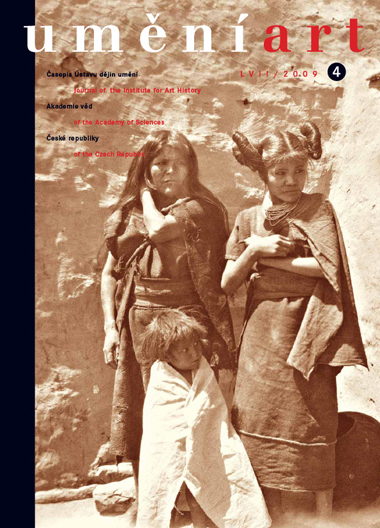Jana Zapletalová
Škréta, Sandrart, Oretti: poznámka ke Škrétovu působení v Itálii
In the first half of the 1630s Karel Škréta spent time in what is now Italy, in Venice, Bologna, Florence, and Rome, to learn about the local method of painting and the old masters and to teach himself the new trends, but it is not a well documented period of his life. Jaromír Neumann's detailed analysis forms the most important study on this theme to date and identifies the specific influences of Italian painting on Škréta's work. Thus far the reflection of Karel Škréta and his work in earlier Italian historiographic literature has received no attention. Here we present several authors who from the 17th to the 19th centuries noted Škréta's presence in Italy: Pellegrino Antonio Orlandi, Pietro Zani, and above all the erudite Bolognese scholar Marcello Oretti, who in a manuscript dictionary housed in the Archiginnasio Library in Bologna devoted an entire catalogue entry to Karel Škréta and included the painter among the representatives of the Bologna school of painting. According to Marcello Oretti, while Škréta was in Italy he, among other things, left some of his work in several churches in Naples, and the author names their locations. However, according to previous research Karel Škréta never went to Naples. Oretti, in his own words, drew his information from Sandrart's Teutsche Academie, which serves as one of the main sources of information on Škréta's works. It turns out that the idea that the painter spent time in Naples comes from the translator of Sandrart's Teutsche Academie, as he assumed that 'Neustadt' (New Town), which is a neighbourhood of old Prague where Škréta indeed did leave some of his work, was a reference to the Italian city Naples, which literally means 'New Town'.
Full-text in the Digital Library of the Czech Academy of Sciences:
https://kramerius.lib.cas.cz/uuid/uuid:5e84ad32-83f6-e3b6-1816-0e53f52e812f
< back

